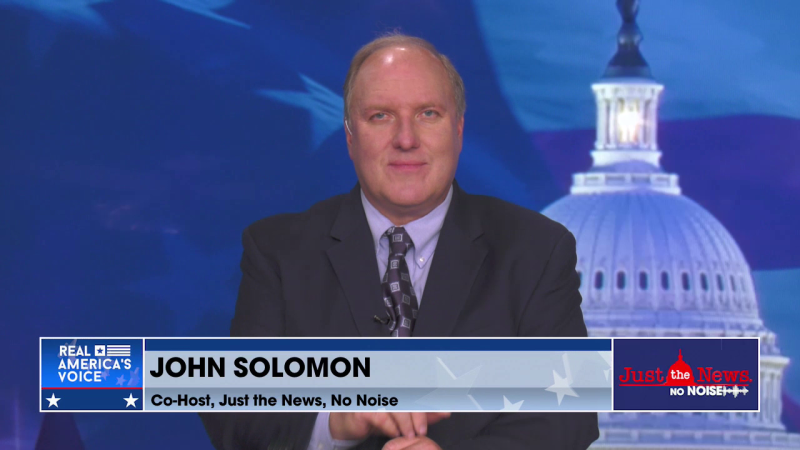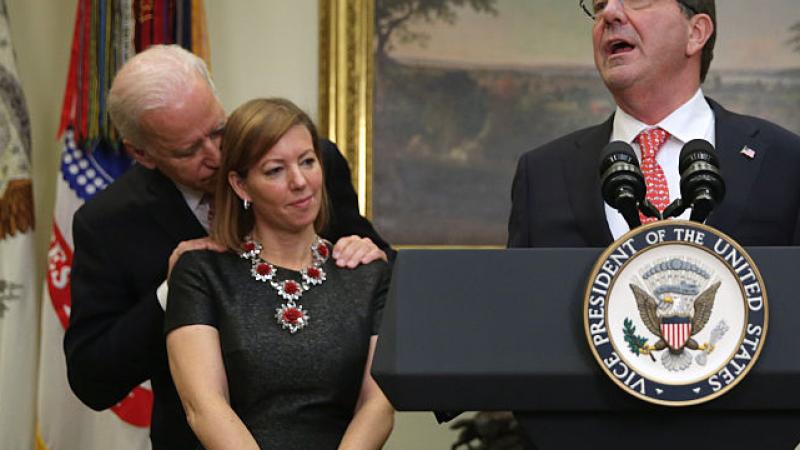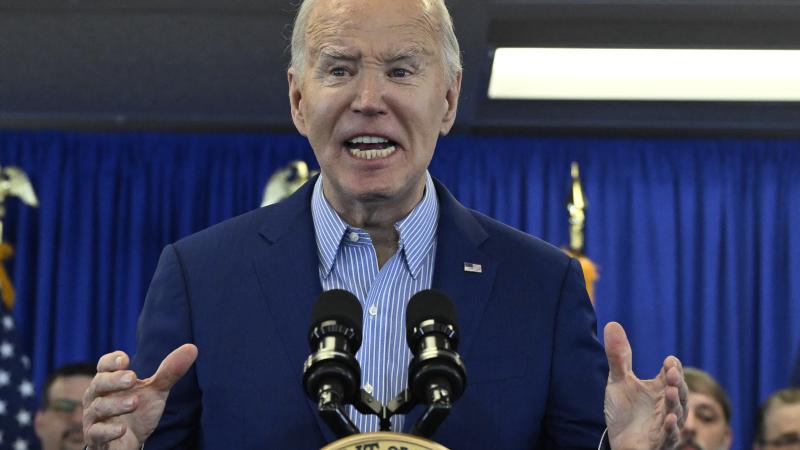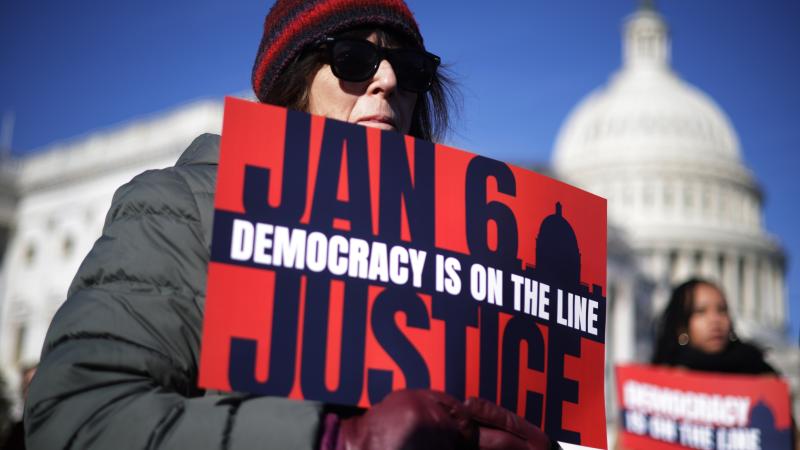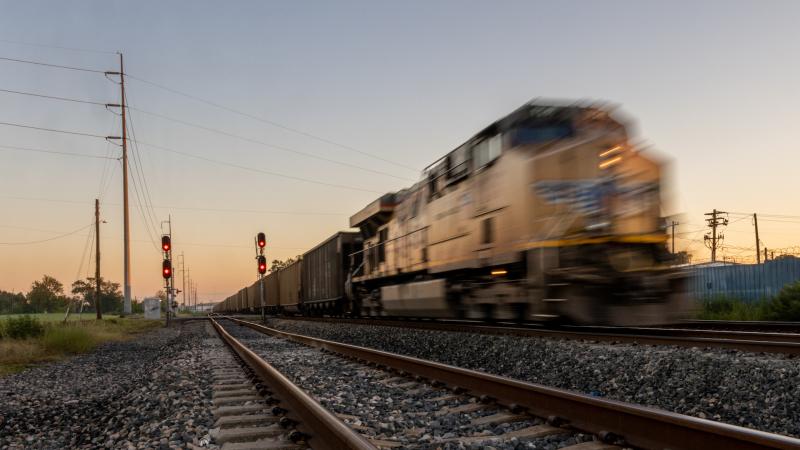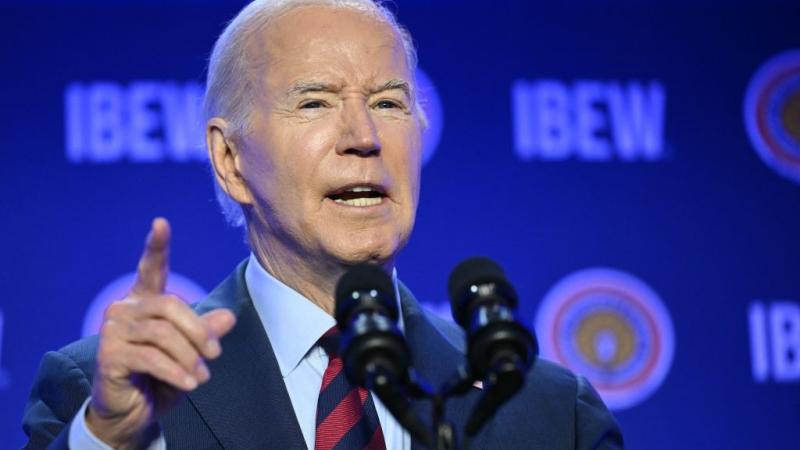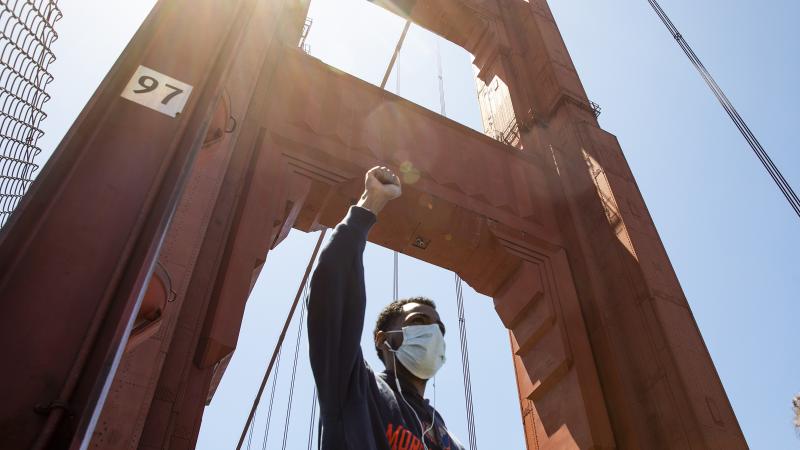How Obama’s failure to resupply respirators in federal stockpile created a 2020 crisis
The stockpile's 100 million supply of N95 respirator masks was never fully replenished after 2009 swine flu pandemic, experts say.
The Strategic National Stockpile, America’s giant medical storage closet for a terrorist or biological crisis, once boasted more than 100 million respirator masks to protect doctors, nurses and other frontline health care workers in case of a contagion.
But when the COVID-19 pandemic started a few months ago, the supply had dwindled down to just 12 million fitted masks, known as N95 respirators, and 30 million surgical masks, a supply deemed to be less than 2 percent of what the nation would need for full-blown pandemic.
The tale of how such a critical supply lapsed, leading the Trump administration to scramble for 500 million new masks in the midst of pandemic, is one of government neglect and competing priorities that began in 2009.
That’s when the Obama administration drew down nearly 97 million of the masks to deal with the H1N1 swine flu pandemic, effectively protecting frontline medical workers from a virus that infected more than 60 million Americans.
But when it was over, the administration decided not to fully restock the respirators, choosing to spend its $600 million annual budget for the stockpile on other priorities such as key drugs and vaccines to deal with smallpox, anthrax and the like, experts said.
There is really “no answer why the supplies were not replenished because the N95 masks are invaluable tools for preparedness and it was important that they be restocked,” said Charles Johnson, President of International Safety Equipment Association, whose members make supplies for the stockpile.
In the end, Johnson said, the Obama administration chose to use its “limited funds” in other ways and “made the best choices at the time even though his association and others periodically restated their calls to replenish” the N95 masks. That trend continued in the early Trump years as well.
The Clinton administration first began to examine a national plan to respond to pandemics and create the federal stockpile in 1990s. But the formal National Strategy for Pandemic Influenza was not officially published until 2005 during the George W. Bush administration, following the anthrax scare in 2001 and the severe acute respiratory syndrome (SARS) in 2002.
The 2005 plan created the Strategic National Stockpile of medical supplies and equipment under the auspices of the Department of Health and Human Services and called for the distribution of supplies from six highly secured sites to state and local sites after a pandemic “surge.” This Strategic National Stockpile is totally separate from the site in Dubai that the U.S. government uses for international distribution under the Foreign Assistance Act.
According to a Center for Disease Control report published after the 2009 H1N1 pandemic, 39 million N95 masks were initially distributed from the stockpile, followed by 59.5 million more in second wave. According to Johnson, the stockpile originally was about 100 million masks.
From April 12, 2009 to April 10, 2010, there were over 60 million cases of H1N1 requiring 274,304 hospitalizations and resulting in 12,469 deaths in the United States.
After the H1N1 virus slowed down in 2010, according to Johnson, “it was important to restock.” That did not happen as the national stockpile budget focused on other priorities deemed higher.
A recent summary of how HHS planned to spend its stockpile budget shows nearly half of the annual budget was spent on antibiotics and vaccines for an anthrax outbreak, a nerve agent antidote and an antiviral medication for the flu.
Greg Burel, the official who oversaw the stockpile for years before his recent retirement, told the Washington Post recently that officials made decisions based on risk analysis that prioritized the drugs, which expire every few years, over supplies like the masks.
“If there is a drug product that we must have or else people would die and a commercial product we can buy in a time of need, then we’re going to invest in that drug product,” Burel explained to the newspaper. “Those are the kind of hard decisions you have to make.”
Such explanation is little solace now for health care workers scrambling to find respirators on the frontlines of the pandemic who feel like they are victims of rationing.
One Massachusetts nurse interviewed by Just the News said she sent a mask to her daughter who is also a nurse administering to COVID-19 patients in New York. “I’m terrified my daughter is going to get COVID-19. Her hospital had no mask to give her,” the nurse told us.
Another nurse in St. Louis told Just the News that she is “mad as hell” learning her hospital has N95 masks but is not distributing them to all the staff, particularly those on non-COVID-19 floors.
Public Health Emergency Stockpiles
Center for Disease Control 2009 pandemic post-action review


